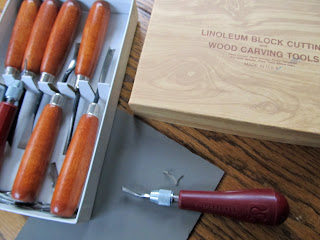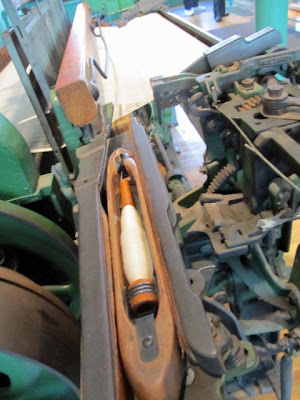"Deco Skyline" is my submission for the December "Art Bead Scene" monthly challenge. I've been experimenting with mixed media jewelry and this months inspiration image seemed a perfect subject.
The Art Bead Scene editors choose a building for this months inspiration - the Chrysler Building in New York.
What started as a small speculative office building has became one of New York's most admired landmarks. Chrysler took over the lease of the office building when it was in construction, hired William Van Alen to create a monument to his growing company and, allegedly, asked the architect to build the highest building constructed to date. To beat out his competitors who were also trying to build the world's tallest building, Van Alen erected a 185-foot spire on the top of the tower which was secretly delivered to the site in sections and raised to the top in a mere 90 minutes. Only a few months later, the Empire State Building surpassed the building in height, but the Art Deco skyscraper remains an unparalleled monument to industry.
A particularly beautiful example of the Art Deco style, it was one of the first large buildings to use metal extensively on the exterior, the building's ornament makes reference to the automobile, the quintessential symbol of the machine age. Metal hubcaps, gargoyles in the form of radiator caps, car fenders and hood ornaments decorate shaft and setbacks of the white and black brick building. This aluminum trim culminates in a beautiful, tapered stainless steel crown that supports the famous spire.
For my oversized mixed media pendent or neck piece, I found a frontal view of the spire and transferred the image to silk:
I removed one of the crescent shapes:
I used a "found object" as my central accent - a vintage hatpin topper that was unfortunately broken from it's stem. I created a beaded bezel to attach it to the silk. I picked out details of the architecture with hand embroidery and beads.
The chain portion is chandelier beaded chain and the closure is a simple toggle clasp. It's backed with heavy wool felt.
It's easy to wear, very light weight and a great accessory for jeans or a cocktail dress - I think the experiment was successful!
Available for purchase here.


















































